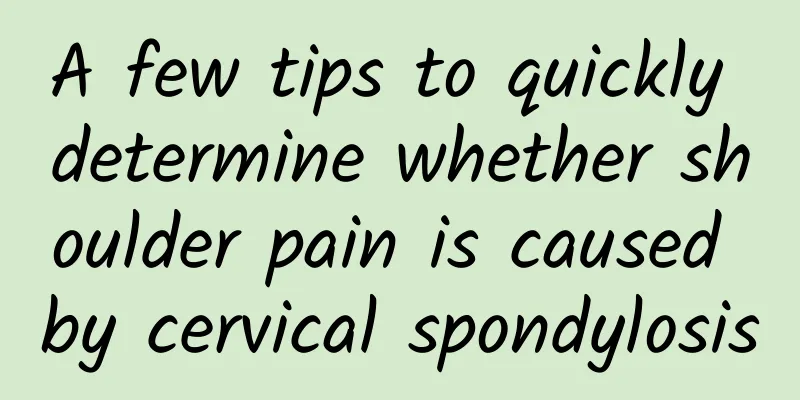How to treat gynecological cysts

|
Gynecological cysts are a common type of gynecological disease, and cysts may occur anywhere in the urinary system. Generally speaking, the appearance of cysts is closely related to endocrine imbalance caused by hormone imbalance or inflammatory stimulation, and there are many patients with cysts in clinical practice. Among so many patients, the volume, number, location, and rate of cyst transformation of each cyst are different, so the appropriate treatment methods are also different. Today, let’s focus on some basic conditions in the treatment of gynecological cysts. In fact, in clinical medicine, gynecological cysts are divided into various types, such as ovarian cysts, multiple cysts in the cervix, and Bartholin gland cysts, which can also be divided into benign and malignant types. In terms of treatment, gynecological cysts can be treated with medication, physical instruments and surgery. For cysts in the ovarian area, if the cysts are relatively large, the effect of simple medication is slow and insignificant, and surgical removal is required; however, if the cysts are not large and do not cause obvious discomfort, you can choose medications specifically to treat them for a period of time. If the cysts are small, the cysts will generally shrink and disappear after one period of treatment. Cervical cysts are caused by bacteria infecting the cervix and causing long-term inflammation and stimulation. Generally, they are multiple and not large in size. For this disease, medication, acupuncture, and minimally invasive surgery are all possible, depending on the individual situation. Bartholin gland cyst, which we usually call Bartholin gland cyst, can be cured by taking medication for a period of time if the symptoms are discovered early and treated in time; however, if the cyst is large and causes suppuration, surgical drainage is required for treatment. In general, this is what we often talk about today. In fact, each person’s disease type and degree are different, and the appropriate treatment method is also different. In order to recover quickly and completely, it is most important to choose a treatment method that suits your condition. If you pay more attention to your daily diet, life and mentality, it will be of great help in the recovery of symptoms. |
<<: Gynecological examination clue cells positive
>>: What does a gynecological biopsy mean?
Recommend
What is the normal thickness of the endometrium before menstruation?
The thickness of the endometrium changes over tim...
How long does it take to get pregnant after hysterosalpingography?
The fallopian tubes are particularly important fo...
What methods should pregnant women use to lower blood sugar?
There are two types of high blood sugar in pregna...
What TV series is An Jia based on? What is the ending of An Jia?
As the holidays get longer, more and more TV dram...
What to do if vulvar acne is painful
I always feel that my vulva is uncomfortable and ...
Symptoms of uterine infection after miscarriage
Because of unexpected pregnancy, termination of p...
Shocking news! Eating hot pot and drinking cold drinks can actually kill people? Wait, the truth may be different from what you think...
Recently, the news that a 26-year-old girl had a ...
Will women's private parts turn black if they do it too much?
Many women are troubled by the darkening of their...
The golden period for weight loss after menstruation
Women will choose different methods when losing w...
How to regulate women's menopause with Chinese medicine
Female menopause is a condition that women experi...
What are the symptoms of kidney pain in women?
Pain in the kidney area should be considered as d...
Is it okay to ignore the fact that boys start talking later than girls?
Author: Xiong Tingting Tongji Hospital Affiliated...
Can patients with uterine adenomyosis eat donkey-hide gelatin?
Adenomyosis is a common gynecological disease. It...
Pregnant women dream of dumplings
As the saying goes, "What you think about du...









